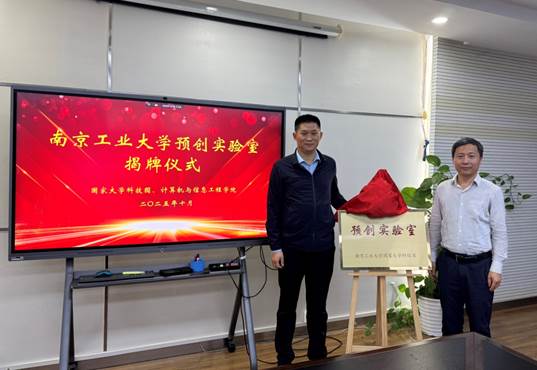- 2025年秋季学期公司补(缓)考安排汇… 09-01
- 2025年秋季学期公司补(缓)考安排汇… 09-01
- 2024-2025学年第二学期计信公司自排… 05-23
- 计信公司2024-2025学年本科生学业导… 05-16
- 关于征集2025全国老员工电子设计竞赛… 03-12
- 关于组建beats365唯一官网入口官网第28届(2026—… 09-01
- “视话非遗”实践团探访校舞龙队 07-12
- 又一员工社会实践基地挂牌啦! 07-11
- 青力同“芯”|“码动未来 计忆风华”… 05-28
- beats365唯一官网入口官网第十四届“论道杯”辩论… 05-28
-
通信工程系组织开展教职工师德师风专…
 11-17
11-17
-
beats365唯一官网入口官网组织第四届秋季…
 11-17
11-17
- beats365唯一官网入口官网斩获2025校“学… 11-03
- beats365唯一官网入口官网面向少年儿童开… 10-25
- beats365唯一官网入口官网携手桥林街道举… 10-20
-
212024-10
-
112024-10
-
232024-07
-
042024-07
-
042023-12
-
2024-12-12姬生利,汉族,1986年4月生,江苏徐州人,工学硕士,现任腾讯云鼎实验室数据安全产品研发负责人。2005年…
-
2024-12-12沈天培,汉族,1991年11月生,江苏张家港人,工学学士,现任振电(苏州)医疗科技有限公司CFO职务。沈天…
-
2024-04-15杨维滨,汉族,1976年6月生,江苏如皋人。1994年考入beats365唯一官网入口官网自动化与计算机系计算机及应用专业1994…
-
郁剑—院优秀党务工作者
郁剑,男,1988年12月出生,2013年12月加入中国共产党,博士,…
-

徐新艳—院优秀党务工作者
徐新艳,女,1980年11月出生,2002年6月加入中国共产党,硕士…
-

蒋帅捷—院优秀党务工作者
蒋帅捷,男,1996年1月出生,2020年12月加入中国共产党,硕士…














